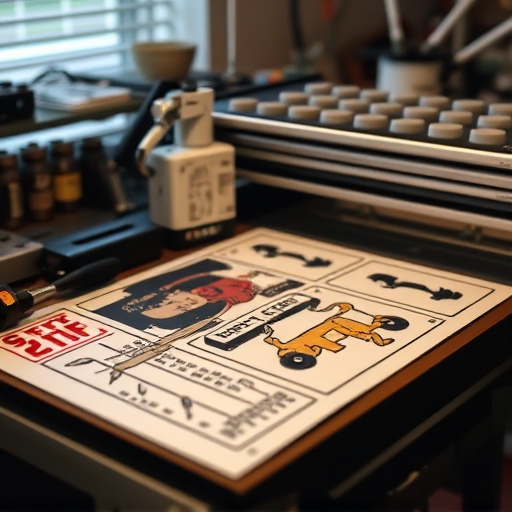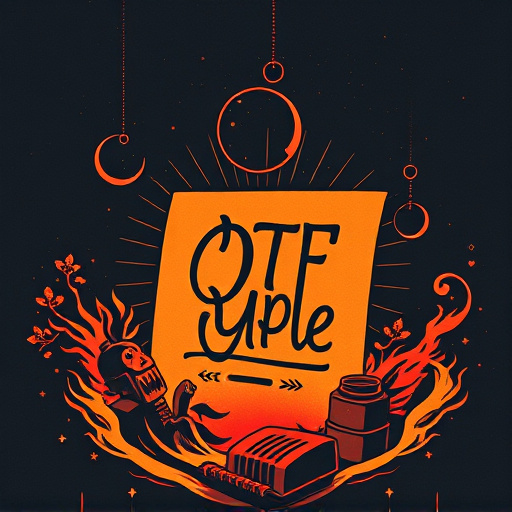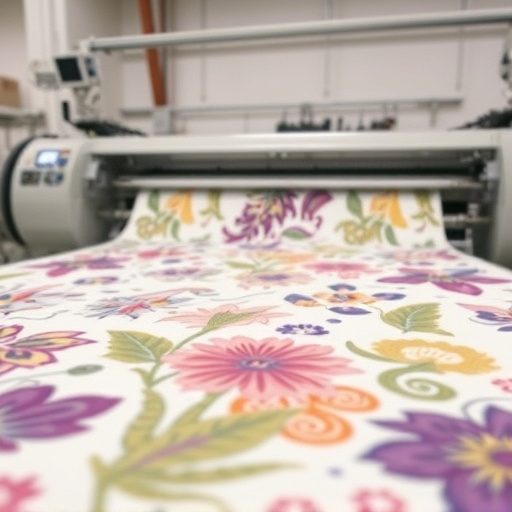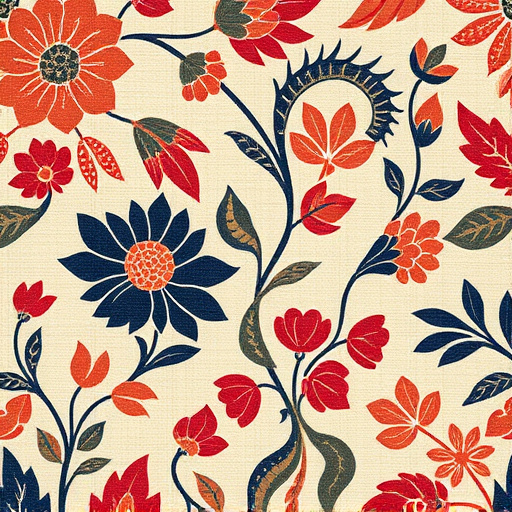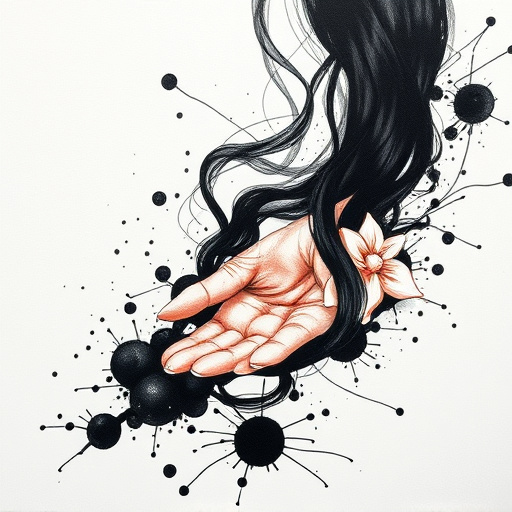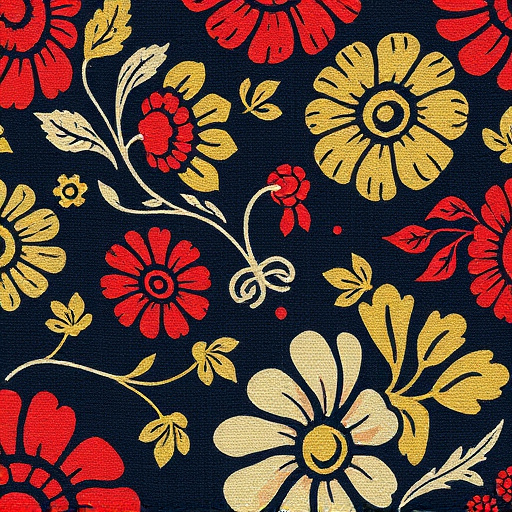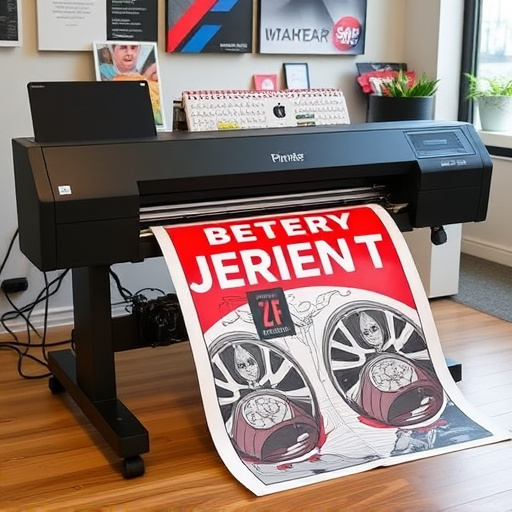The digital printing industry is undergoing a significant transformation with Direct-To-Film (DTF) technologies, especially cold peel DTF transfers and bulk DTF shirt production, revolutionizing custom graphic tee and multi-fabric item creation. These advancements offer unparalleled flexibility, efficiency, vibrant colors, and diverse material choices, meeting evolving consumer demands. Future trends in DTF promise further enhancements, enabling businesses to produce unique, personalized products while maintaining high quality and staying competitive in the market.
The world of digital printing is undergoing a remarkable transformation, with DTF (Direct to Fabric) technology at the forefront. This cutting-edge approach is revolutionizing multi-fabric print capabilities, opening up endless creative possibilities. In this article, we explore the evolving landscape of DTF printing and its future trends, from expanding design boundaries to promoting sustainability. Discover how these advancements are reshaping industries, offering both innovative solutions and environmentally friendly practices in the dynamic realm of fabric printing.
- The Evolving Landscape of Digital Printing Technologies
- – Exploring the rapid advancements in DTF (Direct to Fabric) printing
- – Key trends shaping the future of multi-fabric print capabilities
The Evolving Landscape of Digital Printing Technologies
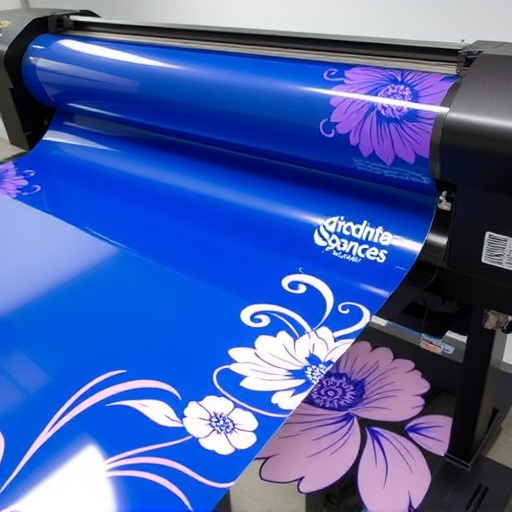
The digital printing industry is undergoing a significant transformation with DTF (Direct-To-Film) technologies leading the charge. This innovative approach to printing has revolutionized the way custom graphic tees and other multi-fabric items are created, offering unprecedented levels of flexibility and efficiency. In the past, print capabilities were largely limited by traditional methods, but DTF for Custom graphic tees has broken down these barriers.
With advancements in technology, direct to film printers have become more accessible and capable than ever before. These best DTF printers allow for intricate designs, vibrant colors, and a wide array of material options. As we look ahead, the future trends in DTF promise even more enhancements, further expanding the possibilities for businesses and designers. By embracing these technologies, creators can stay ahead of the curve, offering unique and personalized products that cater to diverse consumer demands.
– Exploring the rapid advancements in DTF (Direct to Fabric) printing
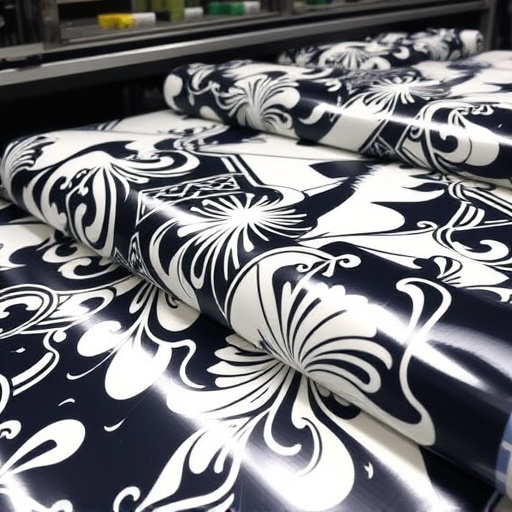
The world of direct-to-fabric (DTF) printing is witnessing an exhilarating evolution, pushing the boundaries of what was once considered possible in textile customization. With rapid advancements in technology, DTF future trends are reshaping the way we approach fabric printing, opening up a realm of opportunities for designers and manufacturers alike. This cutting-edge method allows for intricate designs to be seamlessly transferred onto various fabrics, from heavy denim to lightweight silks, with unprecedented precision and speed.
One notable trend is the exploration of DTF transfers, which have become increasingly versatile. Cold peel dtf transfers, in particular, have gained popularity due to their ease of use and ability to produce high-quality prints on a diverse range of materials. As the technology continues to advance, we can expect even more innovative solutions, making DTF printing for light fabrics accessible and efficient while ensuring vibrant, long-lasting results.
– Key trends shaping the future of multi-fabric print capabilities
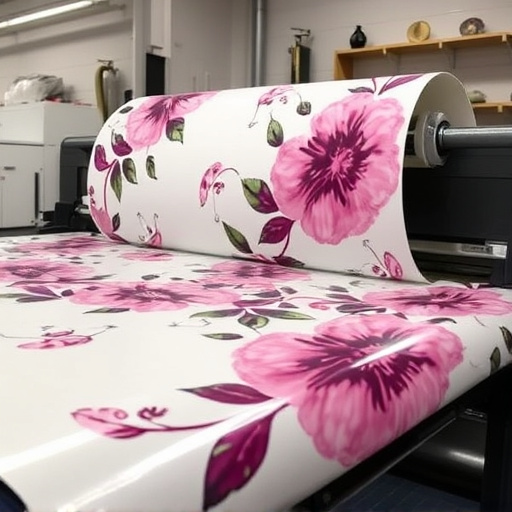
The future of multi-fabric print capabilities is being defined by several key trends driven by DTF (Direct to Fabric) technology. One prominent trend is the shift towards cold peel DTF transfers, which offer enhanced durability and a more eco-friendly production process compared to traditional methods. This advancement allows for intricate designs with vibrant colors on a variety of fabrics, from cotton tees to polyester jackets.
Additionally, the bulk DTF shirt production method is gaining traction due to its efficiency and cost-effectiveness. By streamlining the printing process and leveraging modern machinery, manufacturers can produce large volumes of printed shirts in a shorter timeframe. This trend empowers businesses to meet the ever-changing demands of the market while maintaining high-quality standards with DTF transfers, ensuring that their products stand out in a competitive landscape.
The future of multi-fabric printing is bright, thanks to the innovative advancements in DTF technologies. As we’ve explored, these trends are reshaping the industry by enabling more versatile and efficient production processes. By embracing these DTF future trends, manufacturers can unlock new possibilities for creating unique, high-quality printed fabrics, catering to diverse market demands.





